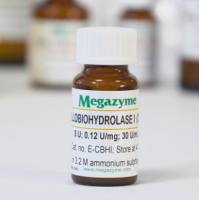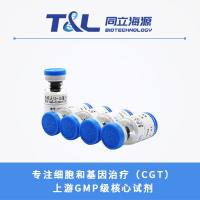Recent advances in high-throughput assays for gene expression (genomics), proteins (proteomics), and metabolites (metabolomics) have engendered a parallel need for well-annotated human biological samples. Samples from both diseased and unaffected normal tissues are often required. Biorepositories consist of a specimen bank linked to a database of information. Assuring chain of custody and annotation of samples with relevant clinical information is required. The value of samples to end users is generally commensurate with the quality and extent of relevant clinical data included with the samples. Procurement of tissues is often done with parallel pre- and/or post-treatment venipuncture to obtain blood and tissue samples from the same subject. Biorepositories must also process, preserve, and distribute samples to end users. Like traditional libraries, biorepositories are meant to be used, and they are most useful when the needs of end users (researchers) are considered in the planning and development process. Ethics review and an awareness of regulatory requirements for storage, transport, and distribution are required. In the USA, Institutional Review Boards are the local regulatory entities that review protocols for banking of human biological tissues. Governmental and professional agencies and organizations provide some guidelines for standard operating procedures. The Food and Drug Administration (FDA), the Centers For Disease Control (CDC), and professional organizations such as the American Association of Tissue Banks (AATB), the American Association of Blood Banks, The International Red Cross, International Society for Biological Repositories (ISBER) and other organizations provide guidelines for biorepositories and banking of human tissues (
see Table 1 ). To date, these guidelines are directed largely toward procurement, banking, and distribution of human tissues for therapeutic uses. In the international setting, the World Health Organization provides ethical guidelines for procurement and operating procedures.
Table 1 Biobanking Resources
|
Title
|
Media
|
Publisher
|
|
BioBank Central
|
Website
|
http://www.biobankcentral.org
|
|
Cell and Tissue Banking
|
Journal
|
Springer Netherlands
|
|
Int’l. Ethical Guidelines for Biomediocal Res Involving Human Subjects
|
Book and On-line
|
Council for Int’l Orgs of Medical Sciences, World Health Org, Geneva, Switzerlandhttp://www.cioms.ch/
|
|
Collaborating with Commerical Tissue Biorepositories
|
Website
|
http://www.usm.maine.edu/bioethics/biobank/index.html
|
The most commonly available tissues are formalin-fixed paraffin-embedded tissues (FFPET). While FFPET can be used for immunohistochemistry, certain DNA-based assays, and even RNA, frozen tissues are best suited for isolation and characterization of proteins and RNA. Freezers, back-up systems, monitors, and alarm systems and appropriate physical security are needed for long-term storage of frozen tissues. Other storage formats such as blotting onto filter paper for storage at room temperature are more commonly used for blood and can provide important “fingerprinting” for chain of custody, linking a given subject to a tissue sample.









